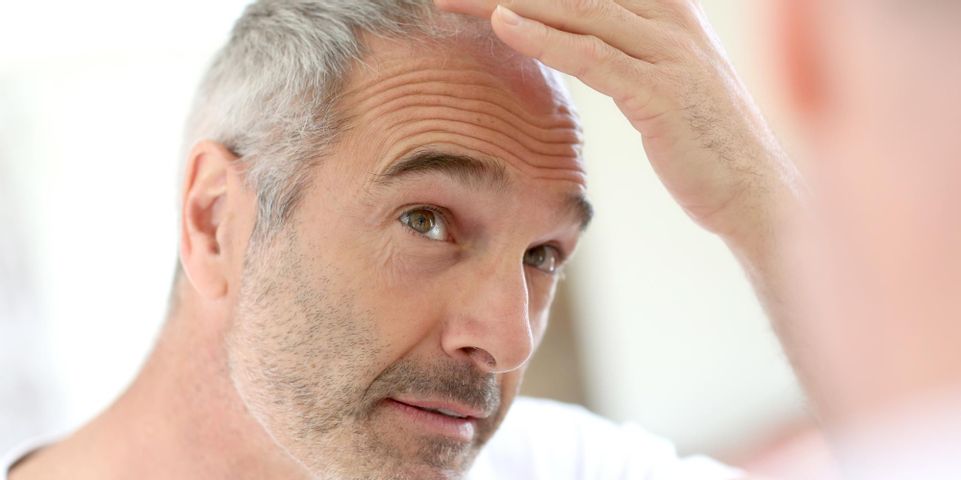How to Perform an Oral Cancer Self Examination

Oral surgeons don’t just handle serious operations like wisdom teeth removal or jaw surgery. They also remove cancerous tissues in the face and neck areas. As with any cancer, early-stage diagnosis is essential to obtaining prompt treatment—and can help save your life.
How to Check for Oral Cancer
Using a mirror, check the inside of your mouth including the tongue, sides, floor, tonsils and soft palate at the back of the mouth. These are all high-risk spots for oral cancer to develop.
Look for bumps, as well as any irregularities or changes in the color of the mouth tissue. Red, white or blue tissues are especially worth noting. Any kind of sore is also a potential red flag, especially if it doesn’t heal after one week. 
In addition to looking in your mouth, check for color changes in the skin on the head and neck. Feel for unusual lumps on the neck and lymph nodes; these photos provide a handy guide. Finally, always get medical help if you have a sore throat that won’t go away.
What to Do if You Notice Issues
Every year, nearly 50,000 new cases of oral cancer will be diagnosed in the United States alone. If you see any strange symptoms during your check, take a photo and schedule an appointment with a dentist immediately. They will be able to provide an accurate diagnosis and refer you to an oral surgeon for treatment if required.
Don’t wait if you notice any of the above oral cancer signs. Instead, turn to the Oral Surgery Associates Of Alaska in Anchorage. Board-certified oral surgeons Dr. William F. Bergeron, Jr. and Dr. Ray Holloway provide the reliable, top-quality care you can trust. In addition to their practice, they serve the community as part of the team at Alaska Regional and Providence Hospitals. Get an overview of their services online or call (907) 561-1430 to schedule an appointment with an oral surgeon.
About the Business
Have a question? Ask the experts!
Send your question

